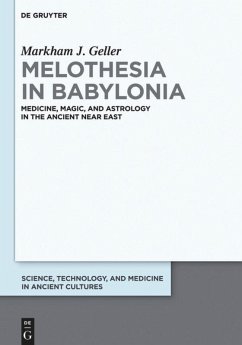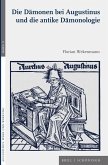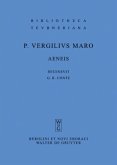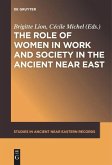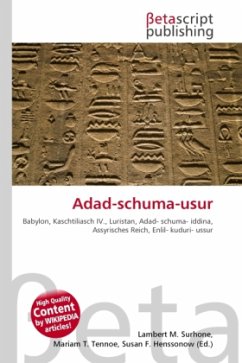This book examines the Babylonian backgroundof melothesia, the science of charting zodiac influences on the human body, which transformed older divination by connecting astrology with medical techniques. Special attention is given to a text from late-5th-century Uruk, which is argued to be an important representative of this new approach to the healing arts, previously only known from Greek and medieval astrology. dieval astrology.
This monograph begins with a puzzle: a Babylonian text from late 5th century BCE Uruk associating various diseases with bodily organs, which has evaded interpretation. The correct answer may reside in Babylonian astrology, since the development of the zodiac in the late 5th century BCE offered innovative approaches to the healing arts. The zodiac-a means of predicting the movements of heavenly bodies-transformed older divination (such as hemerologies listing lucky and unlucky days) and introduced more favorable magical techniques and medical prescriptions, which are comparable to those found in Ptolemy's Tetrabiblos and non-Hippocratic Greek medicine. Babylonian melothesia (i.e., the science of charting how zodiacal signs affect the human body) offers the most likely solution explaining the Uruk tablet.
This monograph begins with a puzzle: a Babylonian text from late 5th century BCE Uruk associating various diseases with bodily organs, which has evaded interpretation. The correct answer may reside in Babylonian astrology, since the development of the zodiac in the late 5th century BCE offered innovative approaches to the healing arts. The zodiac-a means of predicting the movements of heavenly bodies-transformed older divination (such as hemerologies listing lucky and unlucky days) and introduced more favorable magical techniques and medical prescriptions, which are comparable to those found in Ptolemy's Tetrabiblos and non-Hippocratic Greek medicine. Babylonian melothesia (i.e., the science of charting how zodiacal signs affect the human body) offers the most likely solution explaining the Uruk tablet.

